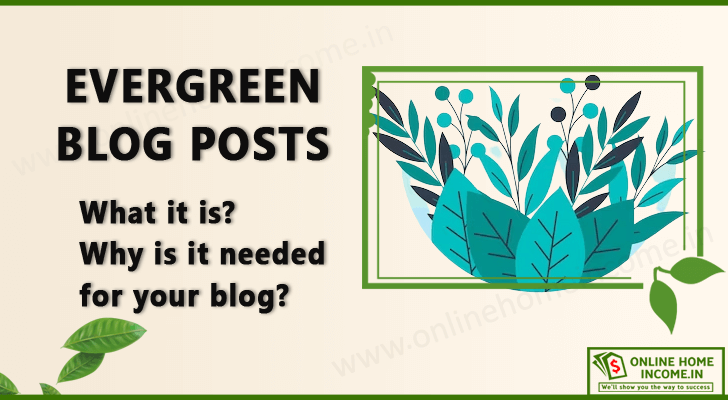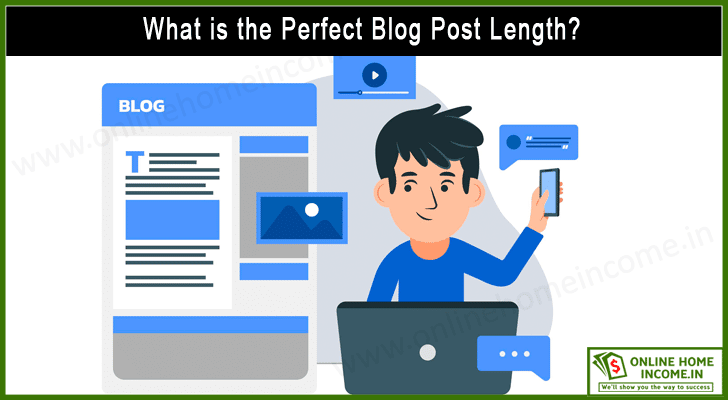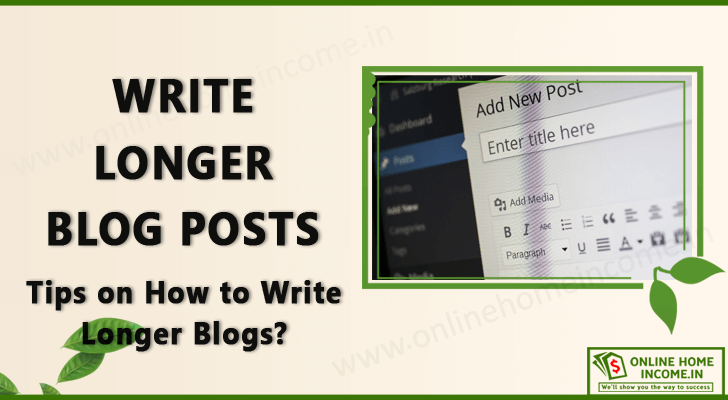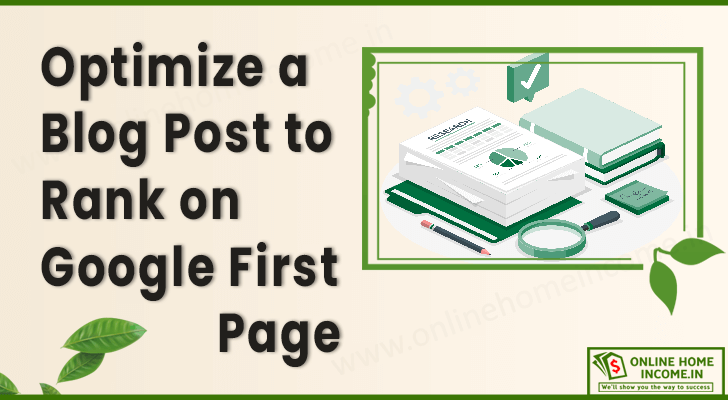Did you jump on the blogging bandwagon? Cool! After researching and analyzing your blogging niche, delve into the intricacies of blog content planning. Let us learn about creating a blog content strategy for reaching a vast audience.
Blogging is an excellent career for anyone. However, like any other venture, blogging requires proper content planning and development.
Blogging rich-quality content gives you an exponential number of followers.
Huge footfalls to your blog bring you money-making opportunities like ads, affiliate marketing, paid partnerships, etc.
Any new blogger desires this ideal pathway when stepping into this world. But blogging as a career is not the same for everyone.
In fact, many new bloggers quit blogging after publishing their first one or few posts.
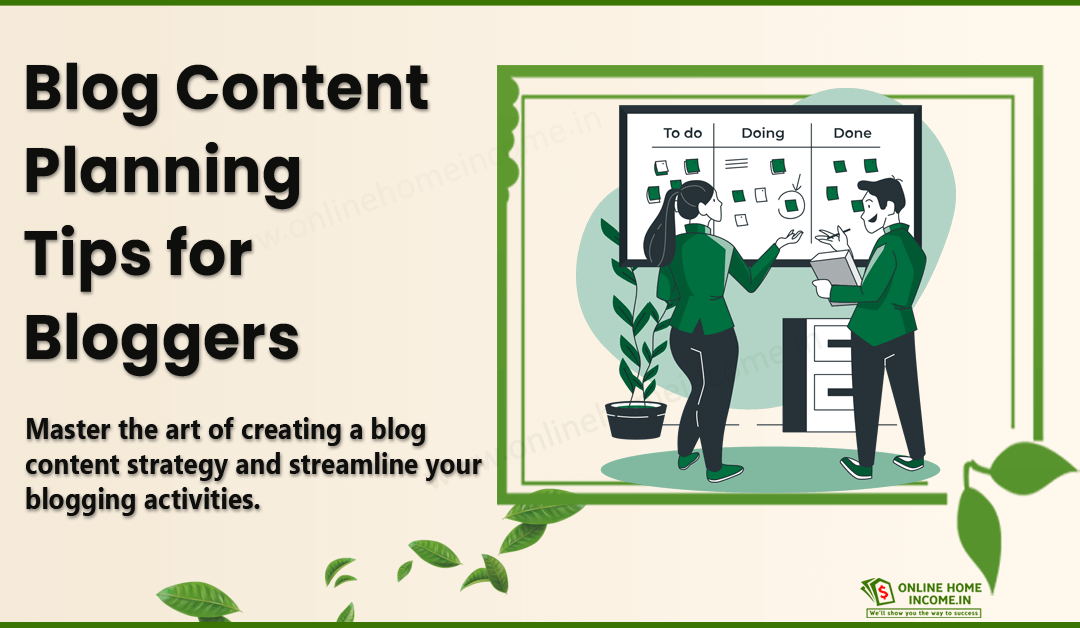
There can be many reasons for this early preemption like;
- Not having sufficient content in the chosen blogging niche.
- Not understanding audience requirements.
- Not using the right keywords at the right time, based on keyword trends.
- No content plan for blog posts.
- Not promoting blog posts.
- Not analyzing or researching where your target audience is online.
- Not optimizing blogs for SEO.
Above, I have listed a few significant activities that new bloggers do not often overlook.
Earlier, blogging was a simple hobby. People could blog whatever they wanted to convey and share with anyone.
However, blogging is a profession today. It is necessary to follow professional ethics wherever money gets involved.
Thus, content planning for bloggers is mandatory for a stable blogging journey.
Right from research to publishing every blog post, you will need a blog post planner. Let us learn how to do blog content planning to gain maximum benefits.
What is a Blog Content Strategy (Why Do You Need One)?
Content strategy in blogging is about researching, analyzing, planning, creating, publishing, and promoting every blog post you post.
When starting to blog on a niche, you must plan for at least 20 blog post ideas for 20 target keywords.
Ultimately, every blog post published must serve a purpose.
Today, blogs yield revenue in many ways for bloggers.
— As a result, bloggers realized the necessity to become professionals. Like any other profession, bloggers started creating a credible brand image.
Likewise, search engines started listing blogs with quality content (from niche experts).
They also periodically list quality metrics for planning and publishing their blog content.
Without blog content planning, you will run out of content in the initial stages of your journey.
As long as you have a solid plan, you can have a stable and long-lasting journey in your blogging niche.
Conversely, a long blogging journey is crucial for establishing a niche authority.
In any technical domain, editorial planning tools are available for bloggers.
With such tips, you must research and plan these to craft good quality blog posts;
- List down the purpose of this particular blog post.
- Has another competitor covered this topic?
- Who are you creating it for? What are their literacy levels?
- What focus keyword will the audience use to reach your post? It includes how-to, ways-to, hacks, or any relevant queries made in your blogging niche.
- What is unique about your blog post when many others have the exact keywords and similar content?
A detailed content plan for blog posts helps you be clear and confident. It helps you to focus on providing accurate information for each blog post.
Why is Blog Content Planning Essential?
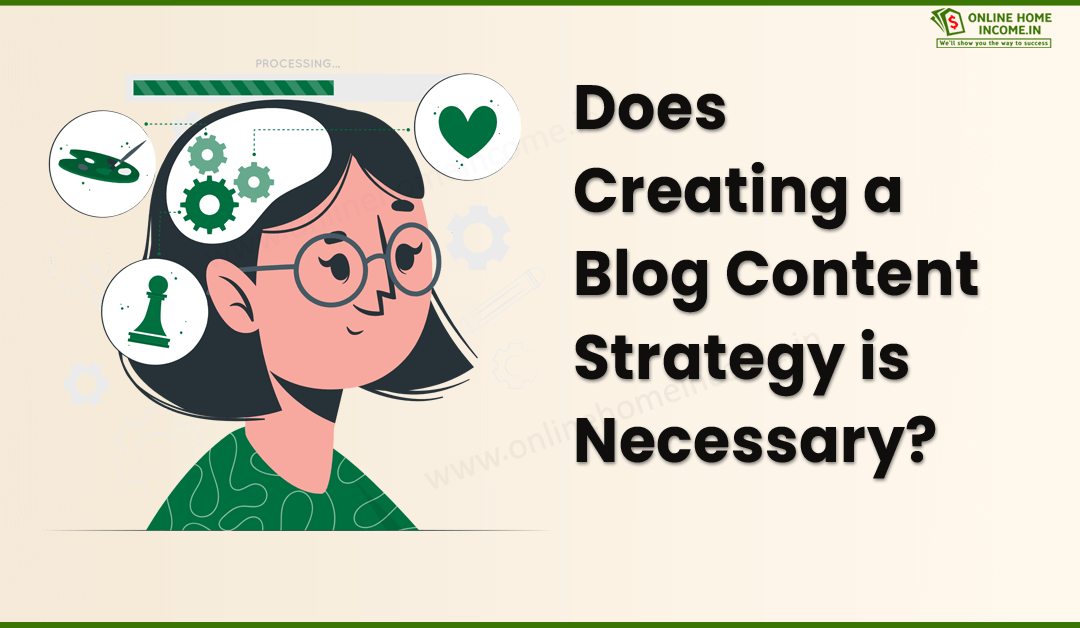
According to Google SEO metrics, good quality blog posts should contain detailed information, comprising at least 2500 words.
Writing long blog posts implies the need for unique and sufficient content in each blog post.
There are chances for information to overlap when you blog. This nature is more common in saturated niches, like cooking, traveling, etc., or micro-niches, like yoga, paper jewelry, etc.
As in any professional venture, systematic planning and execution are essential for blogging.
Content planning for bloggers helps to stay organized and stick to the blogging goal.
Plans make bloggers accountable and give insights to refine content better.
First, you must understand your blog’s purpose and audience. This knowledge should be the driving factor for the content you will give for years.
Second, analyze the trends and your competitors. From the time you plan till the time you publish, many things can change. A competitor may publish a similar solution before you. Does your blog post planner have ways to evade this?
Third, look beyond the current trends and foresee what will become popular. It is one reason you must diversify your blog content and add visual elements to the posts to make it available in multimedia format. A YouTube video, Pinterest images, Instagram reels, etc., can supplement your blog post.
Finally, publish and promote your content. This way, blog content planning makes your blogging journey a cakewalk.
1. Define your Blogging Goal
You must be clear about what you will blog when you finalize your blogging niche.
Creating a blog content strategy relies on your blogging goals. Start with setting SMART goals.
S – Specific – Keep your goals and deliverables to the point for every blog post.
• Write down the action items and deliverables for all the major activities like research, planning, writing, optimizing, etc.
•Take note of the topics, focus keywords, content outlines, tools, etc., involved in every blog post.
M – Measurable – Your efforts and output for each activity must show consistent engagement, incoming followers, revenue flow, etc.
• Analyze how these numbers are increasing with every blog post you publish.
• If you encounter a setback or a decrease in numbers, revise your blog content planning strategy.
A – Achievable – Set your success parameters according to your blogging stage.
• For instance, if you are a beginner, target 10,000 followers within your first 4 to 5 blog posts.
• However, targeting 1,00,000 followers within your first two posts is impossible unless you opt for some paid strategies.
R – Relevant – To be a professional blogger, you must keep your content aligned with your niche.
• Hence, your blog posts must be relevant to the problem you address.
• Take the case of my blogs. I center my posts around the steps involved in blogging and not losing motivation to blog.
T– Time-based – Goals are meaningless without a timeline.
• A proper content plan for a blog helps you yield measurable outputs in the given time frame. Time is a motivation to push one to perform better.
Editorial planning tools help bloggers to mention the time period for every blog post activity.
2. Identify Potential Keywords When Planning a Blog Content
Search engines split a user’s search query into keywords. These words are used as indices to crawl and locate relevant blogs and websites.
Not only are keywords a prime ranking signal for a blog, but they also show the relevance of a blog post for a user query.
Search engines use AI-powered algorithms to read through blog posts.
- In other words, your blog must have meaningful and natural occurrences of target keywords.
- Only then can your blog appear at the top of search results for user queries.
If your blog solves a query or provides relevant information, your blog must be the destination for users amidst countless other blogs online.
— Therefore, your content plan for blog posts must include the focus keywords for each post.
Keyword research is a repetitive process in our blogging journey.
It needs to be done when selecting your blogging niche, planning content for every post, promoting your posts, optimizing for SEO, editing old posts with new trends, etc.
Many keyword analysis tools are available, like Google Keyword Planner, Google Analytics, Semrush, AHrefs, etc.
These tools give insights into top keywords trending in a blogging domain across different geographical locations.
Also, remember that your competitors will be targeting similar keywords.
Tools like AHrefs, Semrush, etc., help you analyze how much traffic your competitors get for those keywords.
Keywords can also come from your social networks.
Your social media audience can provide rich sources of requirements and target keywords.
This information can come from discussion threads, online groups, and communities.
Finally, create a blog content strategy centered around your focus keywords.
3. Perform Market Research Before Blog Content Planning
An ideal practice in blog content planning is to include at least 20 blog posts with 20 focus keywords.
Once you get the main keywords queried by users, you must start solving and providing information for each problem statement.
As mentioned earlier, your competitors will also target solutions for those focus keywords.
Unless your blog provides something unique, there are chances for others to overtake your blog on SERPs.
So, how will you know if your blog posts will serve the purpose of a user query?
Performing market research gives you a clear picture of what is lacking. What could be a better marketplace in the online world other than Google?
- Start searching on Google with the focus keywords you have researched and collected. The results will give you the top blogs addressing the keywords and associated content.
- Analyzing the top posts for each keyword gives you their problem and solution approach.
- Try to understand the audience’s language and style preferences, how you can optimize your content, etc.
Such posts also provide insights on what to appear unique and avoid plagiarism claims. Search engines give negative scores to pages containing plagiarized or repetitive content.
Naturally, researching top blogs on the same topics helps you get a clear view of what you must highlight and focus on in your blog post planner.
4. Brainstorm New Blog Post Ideas
So far, we have done our keyword research and market research.
By now, you must be clear on what unique and helpful content you will provide to an existing blogging niche.
Next, you need to start drafting your blog post planner. The first column to fill in this planner is the blog post titles for your planned content.
Before giving a blog post title, you must segregate your content into different posts.
Your first blog post in your domain must involve a broad problem statement.
— Subsequently, you can follow up with posts solving each little problem statement.
Then, you can address the same issues based on time relevance and trends.
— Once your content gets saturated, target smaller niche areas and topics to discuss.
For instance, if you blog on SEO, your first blog post must be about SEO and its impact on your life.
Your subsequent blogs can include;
- How to make your blog SEO-optimized.
- How to make your website SEO-friendly.
- 10 hacks for On-page SEO.
- 8 off-page SEO methods.
- SEO-friendly blog templates.
- SEO tools and their impact on bloggers, and so on.
Remember that these are popular topics, and you must blog about your experiences and expertise.
The title for your blog posts must be unique and catchy and cover your focus keywords.
I have already covered a blog on 8 Tried and True Tips to Write Catchy Blog Post Titles.
You need to spend 20% of the time taken to plan your content to plan your blog post title.
Having clear blog post titles helps you organize your content planner better.
5. Create an Editorial Calendar
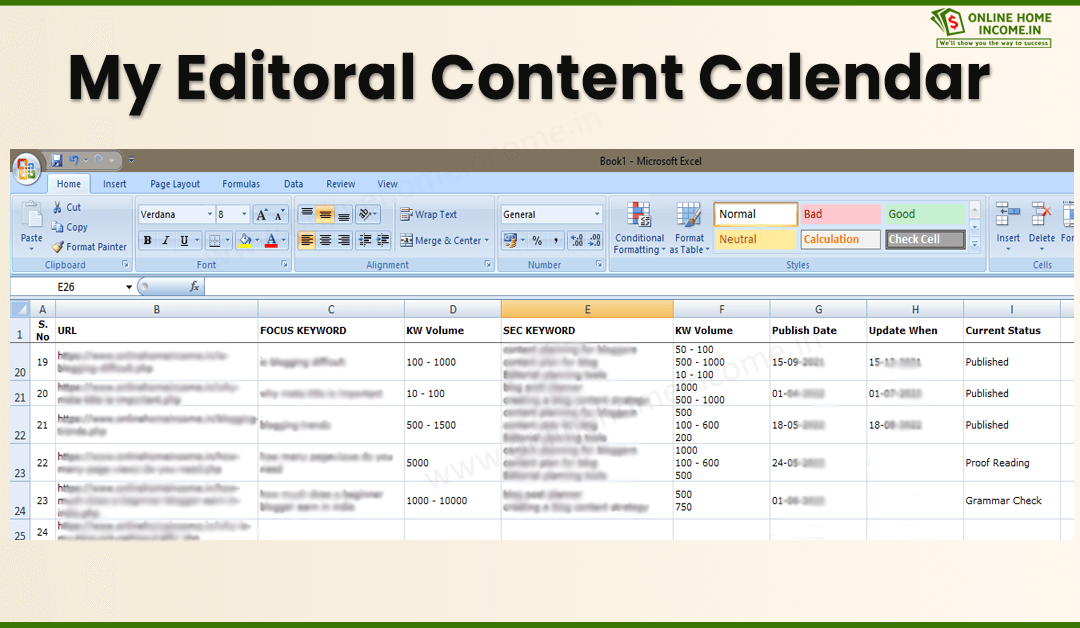
We now have our focus keywords, supplementary or secondary keywords, and blog post titles.
Now, start blog content planning by creating a content calendar.
You can utilize editorial planning tools for creating a content calendar. The easiest way is to use MS Excel. An editorial calendar can be a simple Excel sheet with a few rows and columns.
Each column represents your blog post. Include the following rows in your content calendar;
S.No – represents the blog post number.
Focus Keyword – denoting the actual problem statement of your blog post.
Keyword Volume – while this needs to be consistent, it can vary based on user demand and keyword analysis.
Secondary Keywords – these are semantically similar keywords that supplement your focus keyword for the blog post.
Proposed title – catchy blog post title for the blog post.
Publication Plan Date
Current status – content outlining, writing, revision, optimization, plagiarism check, review, and publishing.
You can also elaborate on each step for a blog post. Create tasks like content research, outline, grammar checks, plagiarism checks, review, etc.
You can assign a completion date for each task. Creating a blog content strategy is more straightforward with such stepwise planners.
6. Pre-plan Your Content Structure
The blog content planning must be carried out in detail. Every blog post must follow a skeleton.
This practice can be a standard template followed by top blogs in your niche.
Or you can add your outline and subtopics, but ensure to cover relevant information.
The headings/sub-topics in your blog posts are crucial signals for search engines.
Search engine crawlers scan these headings to check content relevance with search keywords.
Additionally, search engines look for your focus keywords in sub-headings. So, it is essential to section your content into relevant subtopics.
The ideal skeleton of a blog post must have the following sections;
- A catchy blog introduction, motivating the readers to learn from your blog post.
- Definition of the problem statement.
- How you are approaching it with your experience and expertise.
- A subheading for each solution or hack.
- Practical examples, if any.
- Conclusion with a Call-to-Action(CTA) prompt.
Also, learn the technical process involved in optimizing a blog post for fast ranking.
In addition to your blog post title, you must give catchy headlines with focus keywords for every subtopic.
Finally, you must include these and create a Table Of Contents (TOC).
The aim of carrying out this activity is to add the TOC for every blog post in your editorial calendar.
Add another row in your spreadsheet or editorial planning tools sheet to include the TOC for every column (blog post).
7. Decide Your Publishing Frequency
The timing and frequency of your publication play big roles in improving your blogging authority.
Earlier bloggers used to publish posts every day since they were not limited to any topic.
Slowly, search engines started to prioritize quality content over frequency.
As a result, bloggers could focus and spend time researching and coming up with informative posts.
There are no strict rules on how many blogs one can post.
- New bloggers may focus on posting 1 – 2 blog posts a week.
Once you see a substantial follower count, you can invoke curiosity by posting weekly.
- Successful bloggers with millions of followers post one blog every 4 – 6 weeks.
For my blog, I produce 1 or 2 well-researched posts per week.
Consider your blogging niche when planning the publishing frequency in your blog post planner.
For instance, bloggers blogging on stocks and investments must publish posts more than twice a week.
Movie review blogs can have ad-hoc publishing schedules.
As a good practice, start by writing 1000 words a day. This method could include writing content for your blog, promotional posts, CTA prompts, etc.
So, include factors relating to your niche when planning your content publishing frequency.
8. Diversify Content Formats When Creating a Blog Content Strategy
Although you have planned for a Table of Contents, you need a content template for your blog post.
The way you present the problem statement and solutions can make an impact.
Including several problem-solving approaches for every blog post makes you appear versatile.
We must frame the blog title and content from keywords (searched by users). However, search engines are more intelligent than we think.
Although keywords play a crucial role, search engines look for blogs that provide relevant and quality information, no matter the approach.
For instance, a user may search – How to buy a sofa.
- If you see the results, hardly 1 or 2 blogs have “How to” style blog posts.
- You can see some short listicles or list-style articles. Content comes in various forms, such as text, images, short YouTube videos, etc.
- Moreover, the results may include case studies on which brand has the best sofas, for which kind of customers, budget, etc.
So, it is necessary to introduce content variations to help understand the market demand.
This approach helps to tune and refine our blog content planning strategy.
9. Create Amazing Blog Posts
By now, you have completed the blog post skeletons. Start adding the final touches to the content plan for blog posts.
Search Engine Optimization (SEO) involves adding specific elements to blog posts.
This practice helps to increase search engine visibility and rank higher on search results.
Like keyword research, SEO is an iterative process. You will see yourself doing this at every stage, from creating a blog content strategy to content creation and optimization.
As part of blog content planning, you must ensure your blog post outlines are SEO-optimized.
• Place your researched focus keywords and secondary keywords in your titles and subtitles.
• The blog title, meta title, and meta description must have your focus keywords.
These are the first elements that grab the eye of the users on search results. So, making these catchy and crisp is essential to direct audiences to your blog.
Use varying levels of header tags for your topics and subtopics.
- Your blog post title must be H1.
- The subsequent content must have H2.
- Each subtopic/solution discussed must be H3.
- Content under any header tag must not exceed 300 words. If it does, try including H4 and H5 headers as required.
With these, you have a clean outline and can entirely focus on content creation.
10. Prepare a Content Distribution Plan
Content planning for bloggers does not stop with blog post content alone. Marketing and promoting your blog is an equally important activity.
Hence, create timelines for on-page and off-page content marketing in our blog post planner.
Social Media platforms are the best places to promote your blog posts.
Leverage the best features of each platform to let your followers know about your new content.
- For instance, create a short snippet about your new blog post and publish it on Facebook, LinkedIn, or X.
- Publish the same content with an image for platforms like Instagram or Pinterest.
- Repurpose your blog content and make a YouTube video or Instagram reel to invoke curiosity and lead to your blog post.
List the above activities in your editorial planning tools, along with their timelines.
Guest Posting is another popular method to get powerful backlinks to your blog.
We have already made a detailed post discussing how to do this. Make sure to include this as part of your blog post planner.
Online communities plan for live sessions. Make sure to mark such important events in your calendar and participate in them.
This habit gives opportunities to interact with your peers and audience and get feedback and new ideas.
These strategies are crucial to improving your brand as a blogger, which gradually fetches your blog a top spot on search results.
Final Thoughts on Creating a Blog Content Strategy
I hope you understand that blogging is not as difficult as you imagined.
- When you decide on your blogging niche, you must aim to publish at least 20 blog posts targeting 20 focus keywords (a.k.a problem statements). Your content plan must include detailed activities for each blog post.
- To derive your problem statements, perform detailed keyword research. This activity helps you learn about the audience’s pulse and current SEO trends.
Understand how your competitors are targeting the same market opportunities.
From your researched keywords, split your ideas into blog posts. Craft catchy titles and plan a timeline for each blog post activity.
Editorial planning tools help you maintain a content calendar and schedule all blog-related activities.
Then, prepare a content skeleton for each blog post and optimize it for SEO. Never skip planning for promotions.
Rich content will never make its way on its own to any audience. New and successful bloggers must actively promote their blogs to gain audience support.
Start writing blog posts one by one and stick to your schedule. Effective blog content planning helps you stay on track.
Create, optimize, revise, and update your blog posts for a successful and long-lasting blogging journey.





